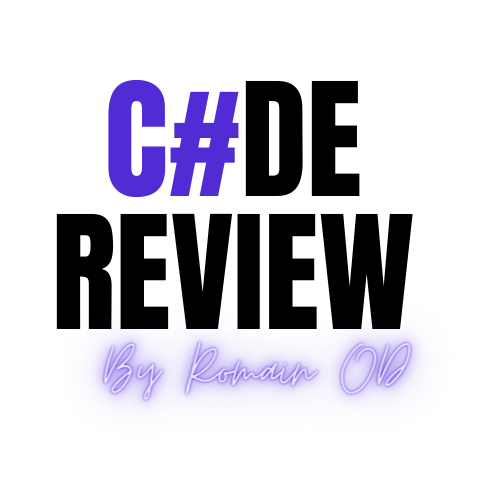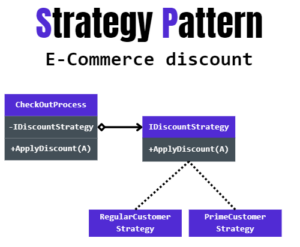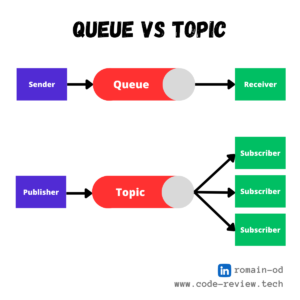Facade Pattern: Simplifying Complex Financial Systems in C#
The Facade pattern is a structural design pattern that provides a simplified interface to a complex subsystem. It hides the intricacies of the underlying system and presents a unified interface to clients. In this article, we’ll explore the Facade pattern in C# and demonstrate its practical ap…
Read More








































